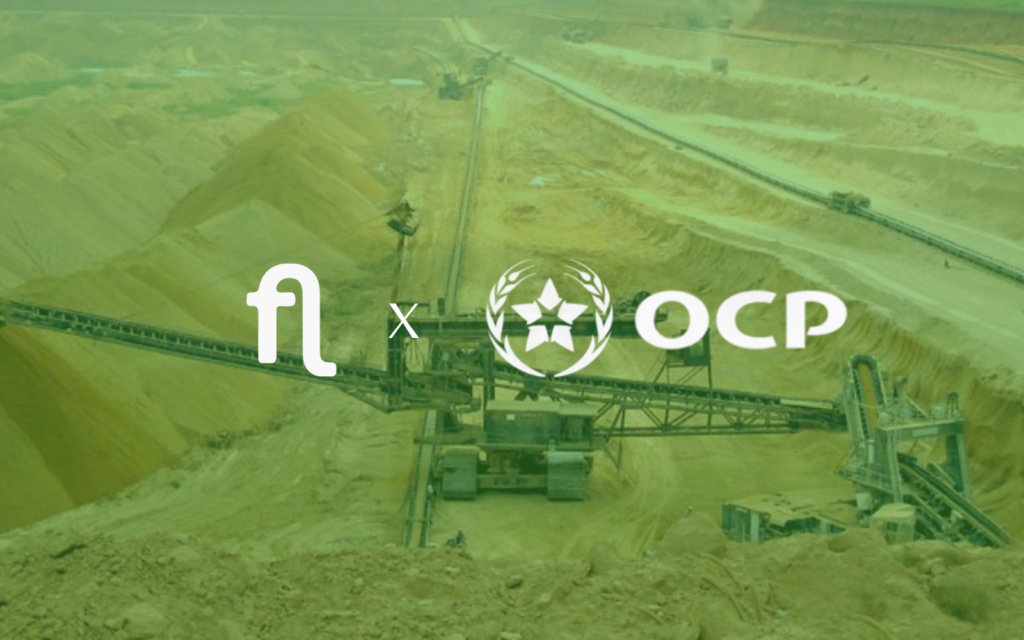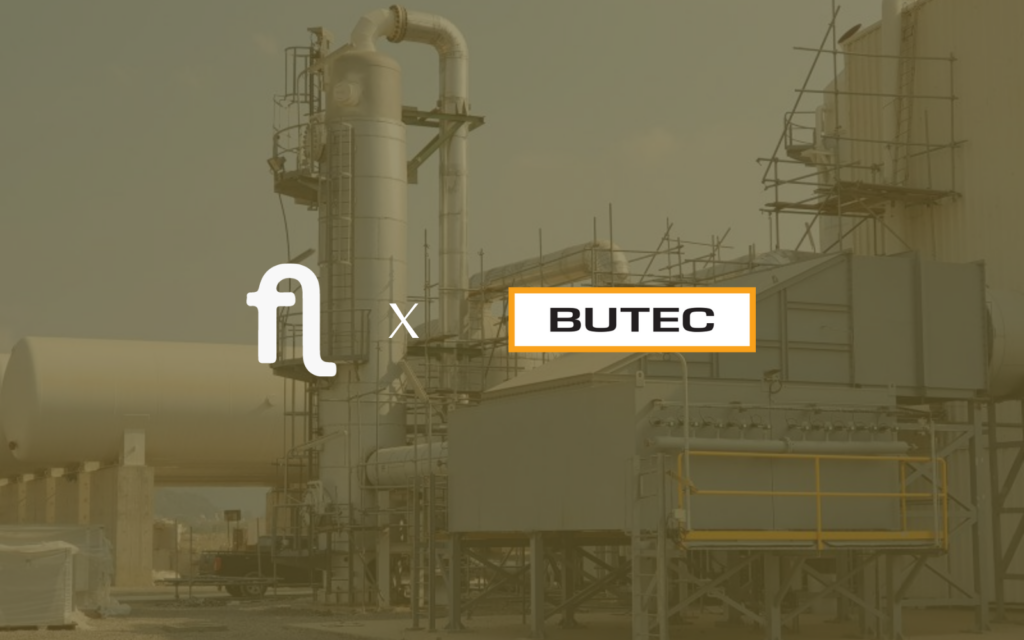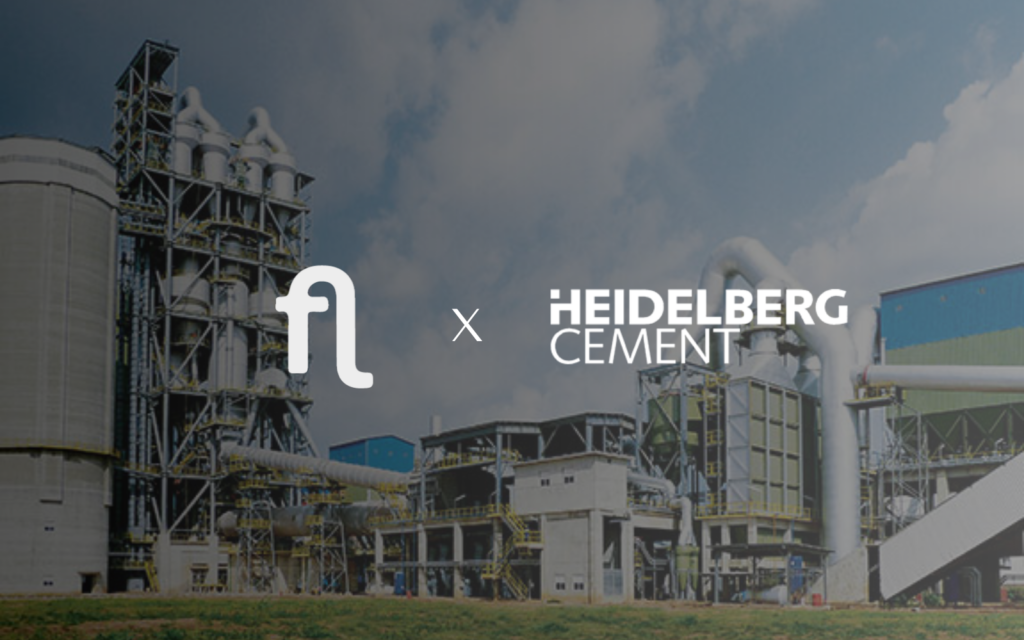
The construction industry, once known for its reliance on traditional methods, is experiencing a digital revolution. Driven by the ever-increasing capabilities of technology, companies are embracing innovative solutions across all aspects of their operations, leading to greater efficiency, productivity, and cost-effectiveness.
One of the most impactful areas of this transformation is digitizing asset management. By leveraging cutting-edge technologies and data-driven insights, construction companies are now able to optimize the use and maintenance of their physical assets, which can be anything from heavy machinery and equipment to vehicles and more.
In this article we’ll explore the challenges of traditional asset management, the benefits of digitization, best practices for implementation, to ensure a successful digital transformation.
The industry has traditionally relied on manual methods for managing its assets, leading to a multitude of challenges that hinder efficiency, productivity, and profitability. Here are some of the biggest hurdles faced by construction companies using traditional asset management approaches.
Challenges of traditional Asset Management:
-
Lack of Visibility and Real-Time Data: Paper-based systems or siloed data storage make it difficult to get a real-time picture of asset availability, location, and condition. Issues are often identified only when equipment breaks down, leading to unplanned downtime and potential project delays.
-
Inefficient Workflow and Communication: time-consuming manual processes for recording maintenance logs, scheduling repairs, and tracking inventory create inefficiencies and delays. As the lack of a centralized platform for communication can lead to confusion, miscommunication, and wasted time resolving discrepancies.
-
Increased Costs and Decreased Asset Lifespan: Reactive maintenance leads to increased repair costs and lost productivity due to unexpected equipment failures. Without real-time data on asset availability and utilization, companies struggle to optimize scheduling and may over-rent or under-utilize equipment.
-
Decreased asset lifespan: Lack of proper maintenance tracking and preventive measures leads to premature equipment deterioration and decreased asset lifespan.
-
Difficulty in Collaboration and Project Management: Limited data sharing between departments hinders collaboration between field staff, maintenance teams, and project managers, making it difficult to make informed decisions and optimize project execution.
-
Security Concerns and Loss of Data: Paper-based records are vulnerable to loss, damage, and theft. Lack of backup and security protocols can lead to data loss and potential security breaches.
Benefits of Digitizing Asset Management:
-
Improved efficiency and productivity: Real-time data access and automated processes lead to faster task completion and reduced waste.
-
Enhanced decision-making: Data insights empower informed decisions regarding maintenance, scheduling, and resource allocation.
-
Reduced costs: Proactive maintenance and better asset utilization lower overall maintenance costs and extend asset lifespan.
-
Improved collaboration and communication: A centralized platform facilitates information sharing and collaboration between different stakeholders throughout the project lifecycle.
-
Enhanced risk management: Real-time condition monitoring allows for early detection of potential issues, mitigating risks and preventing unforeseen downtime.
Best Practices for Digitizing Asset Management:
-
Define clear goals and objectives: Identify specific areas where digitization can provide the most significant impact.
-
Conduct a thorough needs assessment: Evaluate existing processes, identify areas for improvement, and select the appropriate digital tools and technologies.
-
Implement a data management strategy: Develop a plan for data collection, storage, security, and analysis.
-
Integrate with existing systems: Ensure compatibility and seamless data flow between the new system and existing software applications.
-
Promote user adoption and training: Provide training and support to ensure employees understand and effectively utilize the new system.
The construction industry can unlock the immense potential of digitizing asset management. With real-time data insights and efficient workflows, companies can ensure smoother project execution, optimized resource utilization, and ultimately, increased profitability.
Recent Posts
Recent Comments
Categories

Transform your warehouses, fleet, and assets into a strategic advantage rather than an expense.



